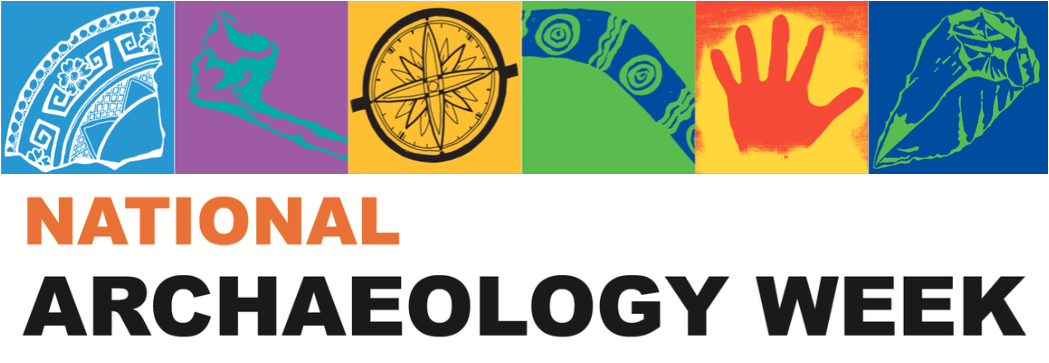Emily Smith
Current position
Archaeologist and Assistant to Everick Heritage’s Managing Director
Where did you study?
University of Queensland
How did you become interested in archaeology?
I have been interested in archaeology for as long as I can remember. I have been told by my family that I first showed an interest when I was three years old and watching a documentary on the excavation of a mass burial at my grandparents’ house. From then, I have always had the ambition to be an archaeologist and was fortunate enough to have a very supportive family.
What archaeological projects are you working on at the moment?
I am currently working on a historical research report for an 1880s homestead and station near Capella.
Tell us about one of your most interesting archaeological discoveries.
Not so much an artefact but an approach to spatial analysis: when conducting my honours research paper, I came across an approach to understanding spatial relationships within built environments that uses a concept called space syntax. Space syntax is a conceptual framework and set of analytical methods used to represent, quantify, and interpret spatial configuration in built form by analysing spatial access. In summary, this approach is used to understand the patterns of movement and encounter through which social interaction is sustained and social behaviour can be reconstructed just from the presence/absence of walls and doorways.
Tell us about a funny / disastrous / amazing experience that you have had while doing archaeology.
A few years ago, I was fortunate enough to travel to Cyprus for an excavation of a Bronze Age egalitarian settlement. That excavation changed my life and paved the way for my area of interest / specialisation.
What’s your favourite part of being an archaeologist?
Being an archaeologist means I will always be involved in something unique and special. I also have the opportunity to understand where we have come from and what makes us human.

